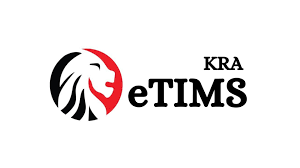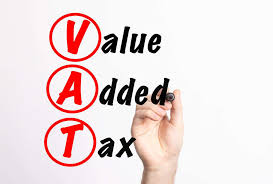Value Added Tax (VAT) is a crucial fiscal tool employed by governments worldwide. Within the VAT framework, zero-rated VAT and exempt VAT are two distinct tax treatments that significantly impact the taxation of specific goods, services, or transactions. This article provides a comprehensive analysis of the disparities between zero-rated VAT and exempt VAT, exploring their implications for consumers, governments, and businesses.
Zero-Rated VAT:
Zero-rated VAT involves the application of a 0% tax rate on eligible goods or services, resulting in no additional VAT liability for the buyer. Let’s examine the implications and delve into the considerations for each stakeholder:
Consumer Advantages:
- Price Alleviation: Zero-rated VAT provides consumers with cost relief by reducing the final price of goods or services. For example, if a consumer purchases a product priced at KSH 100 before VAT, the final price remains KSH 100 with zero-rated VAT, as opposed to KSH 116 with a 16% VAT rate.
- Enhanced Purchasing Power: Reduced prices resulting from zero-rated VAT translate into increased disposable income for consumers, enabling them to allocate funds towards additional purchases or savings, thereby stimulating economic activity.
Government Considerations:
- Revenue Neutrality: While zero-rated supplies do not directly generate VAT revenue, they foster economic growth and consumer spending. For instance, designating certain goods or services as zero-rated can lead to higher sales volumes, increased market activity, and, consequently, indirect revenue gains for the government.
- Administrative Rigor: Proper implementation of zero-rated VAT necessitates meticulous monitoring and administration to prevent misclassification or errors. Governments must establish robust regulations and ensure accurate application of the zero-rating mechanism to eligible items, mitigating potential revenue losses or legal disputes.
Business Perspectives:
- Input VAT Recovery: Traders dealing with zero-rated supplies can claim input VAT credits on related purchases. This enables them to recover the VAT paid on inputs, reducing their overall tax liability and improving profitability. For instance, a manufacturer purchasing raw materials with a VAT of $100 can offset this amount against their VAT liability when selling zero-rated products, resulting in a net VAT payment reduction (technically, this means applying for a VAT refund from the revenue authority).
Exempt VAT:
Exempt VAT refers to goods, services, or transactions that are entirely free from VAT. Let’s explore the implications and delve into the technical considerations for consumers, governments, and traders:
Consumer Impact:
- Price Implications: Exempt VAT can lead to higher prices for certain goods or services, as businesses cannot recover the VAT paid on inputs. For example, if a healthcare service is exempt from VAT, the healthcare provider cannot claim input VAT on medical supplies, potentially resulting in increased service prices for consumers.
- Limited Options: Exempt supplies often encompass specific sectors such as pharmaceuticals or education services. This limitation may reduce consumer choices and competitive offerings within those sectors, potentially limiting market dynamics.
Government Implications:
- Revenue Impediment: Exempt VAT does not contribute to the government’s VAT revenue, potentially leading to a decline in tax income. For instance, exempting educational services from VAT results in the government foregoing tax revenue generated by educational institutions.
- Regulatory Complexity: Exempt VAT requires precise definitions and ongoing monitoring to prevent misclassification or abuse. Governments must establish robust regulations and ensure compliance to mitigate potential revenue leakage or disputes.
Business Considerations:
- Input VAT Restrictions: Traders dealing with exempt supplies cannot claim input VAT credits, leading to increased business costs as they are unable to recover VAT paid on inputs. For example, a financial institution purchasing software with VAT cannot reclaim the VAT paid, resulting in higher operational expenses.
- Margin Management: The inability to recover input VAT may impact traders’ profit margins, necessitating efficient cost management and exploring alternative strategies to maintain profitability.
Conclusion:
Understanding the disparities between zero-rated VAT and exempt VAT is crucial for all stakeholders. Zero-rated VAT offers price alleviation and enhanced purchasing power to consumers, revenue neutrality with indirect gains for governments, and benefits for traders through input VAT recovery and improved profitability.
On the other hand, exempt VAT may lead to higher consumer prices, limited choices, revenue impediments for governments, and challenges for traders regarding input VAT restrictions and margin management. Striking the right balance between these tax treatments is essential for maintaining a sustainable revenue stream while ensuring consumer welfare, fostering economic growth, and optimizing market dynamics. For further information on this subject and any other tax matters, please contact our tax team at FH Consulting LLP.














